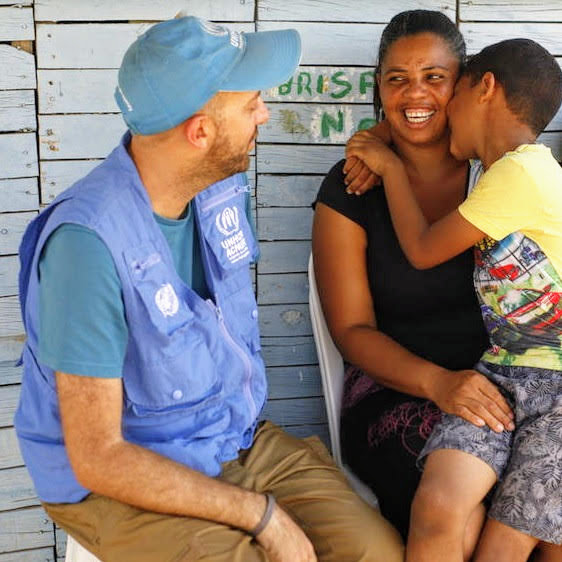Protection Monitoring, 2020
Brazil, 2019 - 2020
Get MicrodataIdentification
UNHCR_BRA_PM_2020_v2.1
Protection Monitoring, 2020
| Name | Country code |
|---|---|
| Brazil | BRA |
The size of the outflows from Venezuela sharply increased from some 700,000 in 2015 to over 4 million by June 2019, largely driven by a substantial deterioration of the situation in the country. Given the disruption of the functioning of some democratic institutions and rule of law, and its impact on the preservation of security, economic stability, health, public peace and the general welfare system, the crisis continues to worsen and serious human rights violations are widely reported. The displacement outside Venezuela has mostly affected countries in Latin America and the Caribbean, particularly Argentina, Brazil, Chile, Colombia, Ecuador, Peru, and the southern Caribbean islands. Most governments in the region have made efforts to facilitate access to territory, documentation and access to services, but the capacity of host countries has become overstretched to address the increasing protection and integration needs, resulting in tighter border controls being put in place. Protection monitoring is a core UNHCR activity which aims at ensuring an adequate and timely understanding of the protection situation of persons affected by forced displacement. The action-oriented nature of protection monitoring allows UNHCR to adapt to the needs and protection risks faced by persons displaced outside Venezuela and informs a broad range of responses.
Household and individual
Version
2.1: Edited, anonymous dataset for licensed distribution.
Scope
The scope includes:
- Characteristics of the household
- Coping mechanisms
- Health access
- Characteristics of the dwelling
- Movements
- Characteristics of the individual
- Education
| Topic |
|---|
| Education |
| Livelihood & Social cohesion |
| Protection |
| Health |
Producers and sponsors
| Name |
|---|
| UNHCR |
Sampling
UNHCR undertook a survey to understand the protection needs of Venezuelan persons of concern (asylum-seekers and refugees) by taking a sample of those who registered with UNHCR. This survey was conducted through the Protection Monitoring Tool (PMT).
The survey was voluntary, and each respondent’s consent was obtained before posing questions. The responses are not a representative sampling of the Venezuelan population, but rather those who registered with UNHCR, and who consented to the survey.
The survey was extensive, providing answers to over 100 questions. It covered general profiles, household composition, travel routes, education, and employment. The information was collected using KOBO Toolkit, the corporate tool of UNHCR.
Weight was calculated dividing the total number of asylum-seekers and refugees households in the country, according to available data, by the number of households in the dataset.
Survey instrument
The questionnaire contained the following sections: household, members, incidents, route points.
Data collection
| Start | End |
|---|---|
| 2019-05-01 | 2020-04-30 |
| Name |
|---|
| United Nations High Commissioner for Refugees |
Data Access
Please cite as follows:
UNHCR (2020) Protection Monitoring. Ref. UNHCR_BRA_PM_2020. UNHCR microdata library: https://microdata.unhcr.org
Contacts
| Name | Affiliation | |
|---|---|---|
| Curation team | UNHCR | microdata@unhcr.org |
